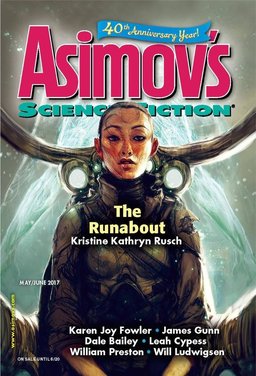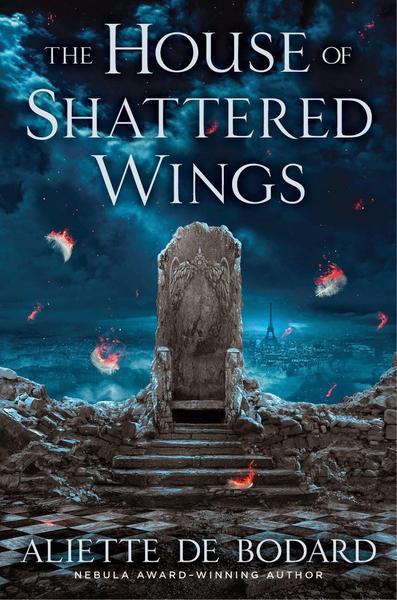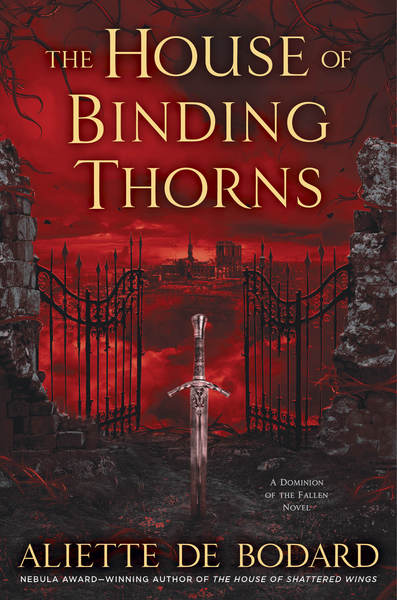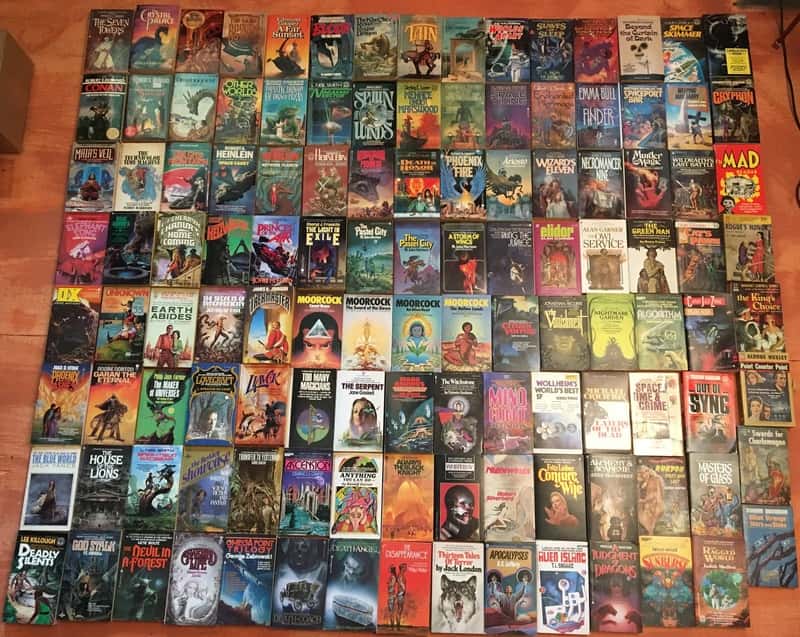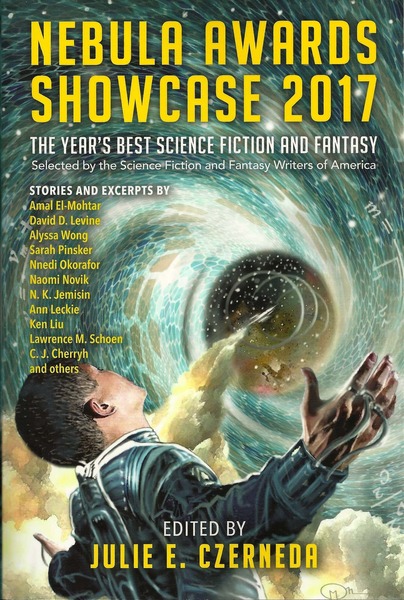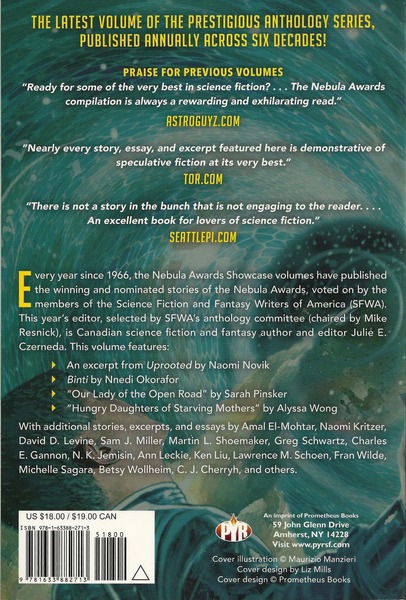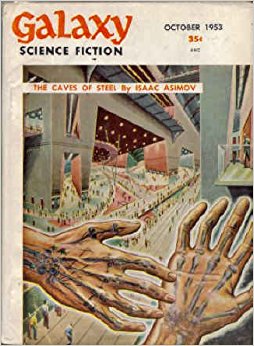 Galaxy Science Fiction began its fourth year of publication with the October, 1953 issue. Editor H. L. Gold kept up a great pace of monthly issues, each one containing all original stories, many of which were later reprinted. I applaud Gold for his efforts as I do editors of today’s fiction markets, who, like Gold, are striving to deliver great works of fiction to the world.
Galaxy Science Fiction began its fourth year of publication with the October, 1953 issue. Editor H. L. Gold kept up a great pace of monthly issues, each one containing all original stories, many of which were later reprinted. I applaud Gold for his efforts as I do editors of today’s fiction markets, who, like Gold, are striving to deliver great works of fiction to the world.
The Caves of Steel (Part 1) by Isaac Asimov — Lije Baley is a police detective in New York — an immense city spread over two thousand square miles (compared to the mere 300 of the early 21st century). Covered by a roof and walled in, like all other Cities, it’s like a cave.
Those who had ventured into space to colonize beyond Earth are known as Spacers. Over time, their technology advanced beyond the people on Earth, and when some of them returned to establish their own territory on Earth called Spacetown, no one on Earth had the power to stop them.
The police commissioner summons Baley to inform him that a Spacer was murdered in Spacetown. If they can’t find the murderer, the Spacers could ask Earth to pay indemnity fees, which would only fuel further outrage toward Spacers. Or if Earth refuses to pay, the outer world governments could use their advanced technology to harm the Earth in other ways.
Baley agrees to investigate, but the commissioner tells him the Spacers will only keep the murder confidential if one of their agents helps on the case — a robot named Daneel Olivaw.
Asimov has created an amazing world with this novel — imaginative yet gritty with tension. I can’t wait to see how the story continues to unfold. It’s been a great ride so far.
“The Model of a Judge” by William Morrison — A colony on one of Saturn’s moons holds a baking contest. The judge is a reformed carnivore named Ronar whose sense of taste is well beyond that of any human. He’s confident in his ability to choose a winner, but he’s amused by the varying ramifications in choosing each of the three finalists.
…
Read More Read More
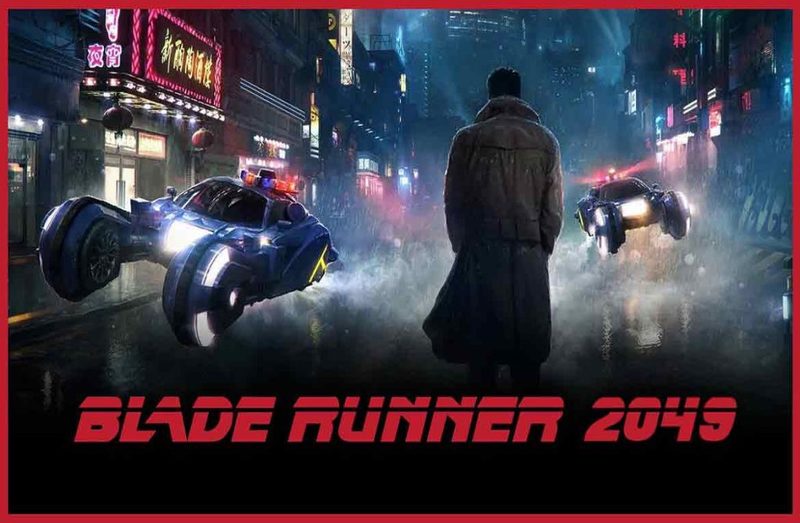


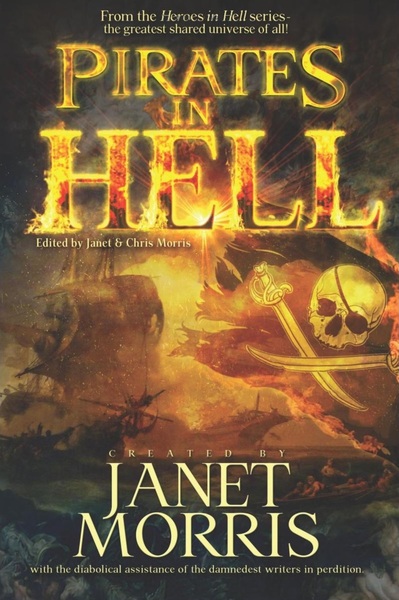
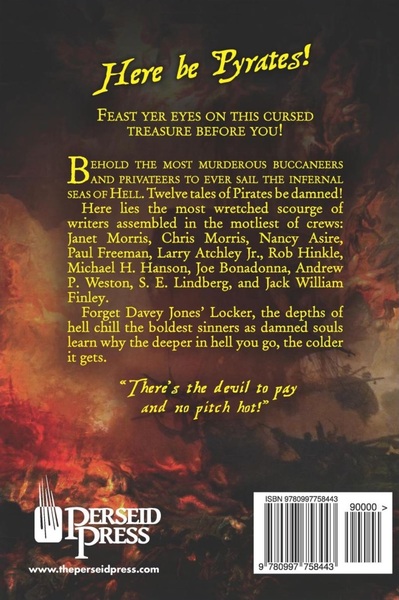
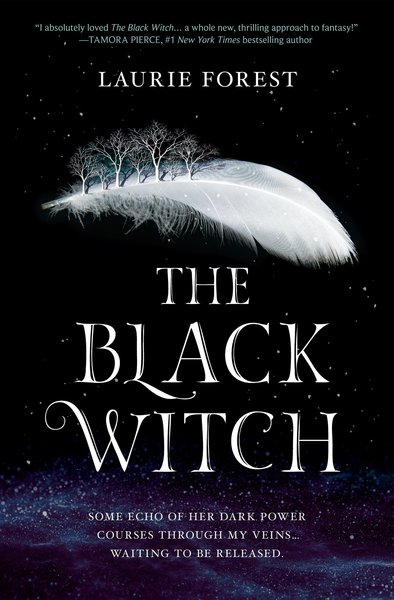
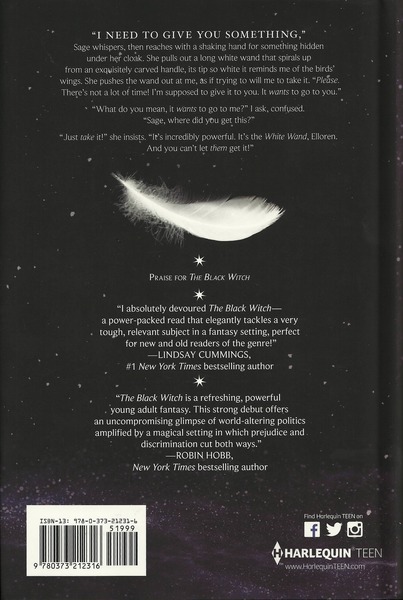
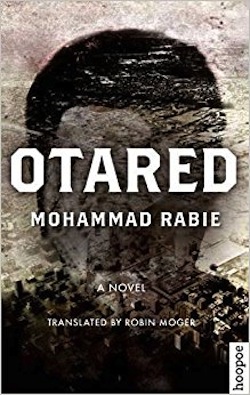 One pleasant stop on my recent trip to Cairo was the American University’s bookshop near Tahrir Square. It’s a treasure trove of books on Egyptology and Egyptian fiction in translation. Among the titles I picked up was the dystopian novel
One pleasant stop on my recent trip to Cairo was the American University’s bookshop near Tahrir Square. It’s a treasure trove of books on Egyptology and Egyptian fiction in translation. Among the titles I picked up was the dystopian novel 